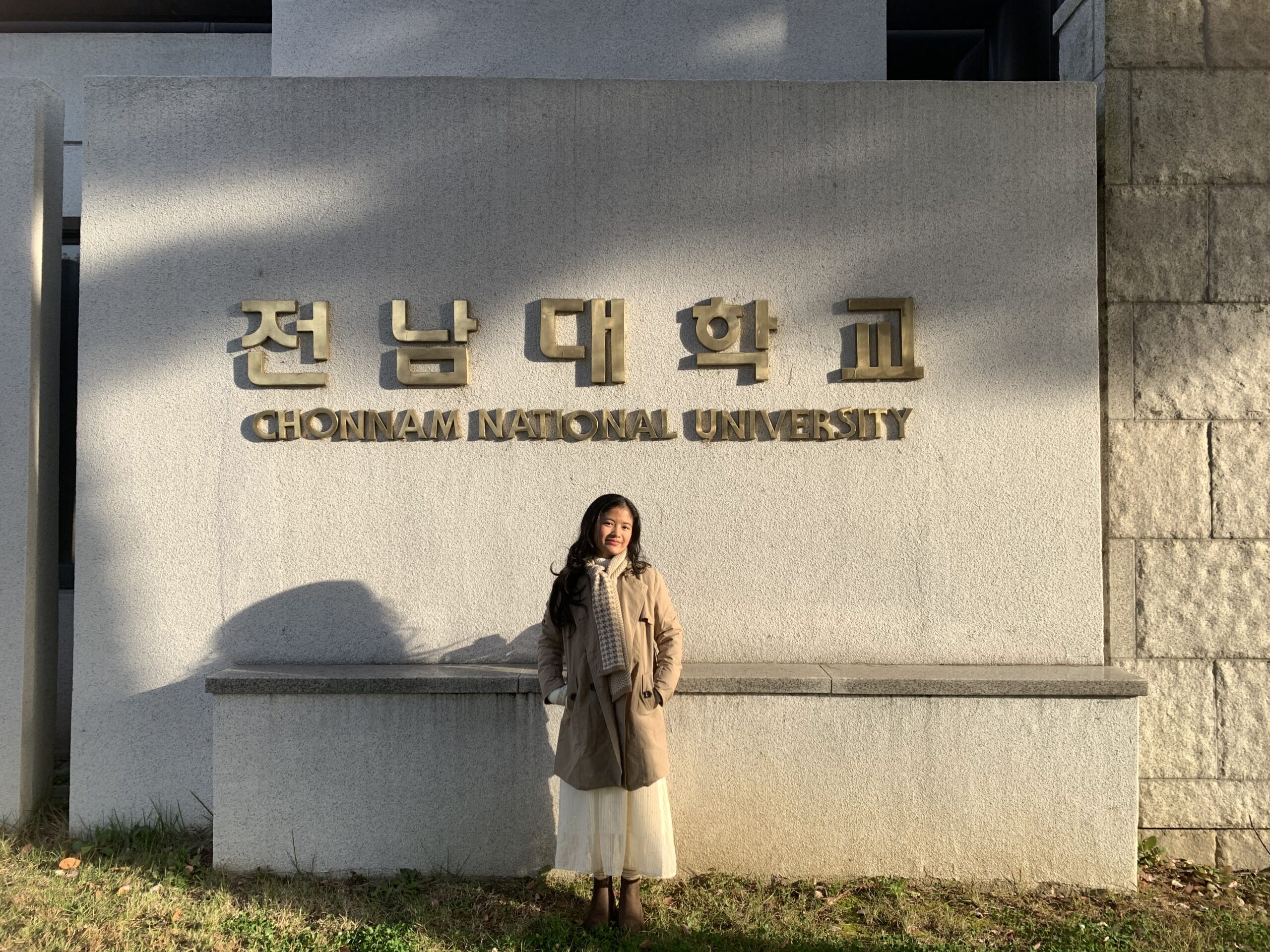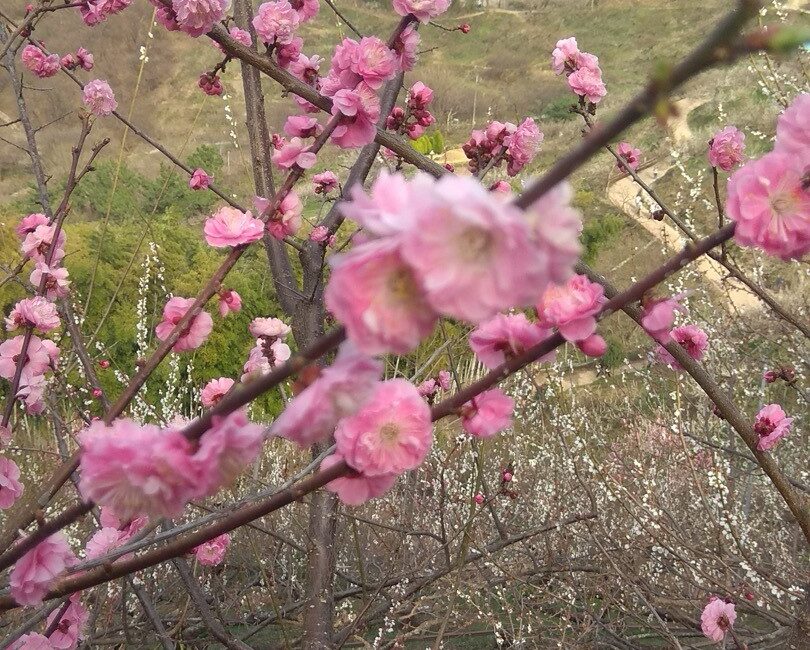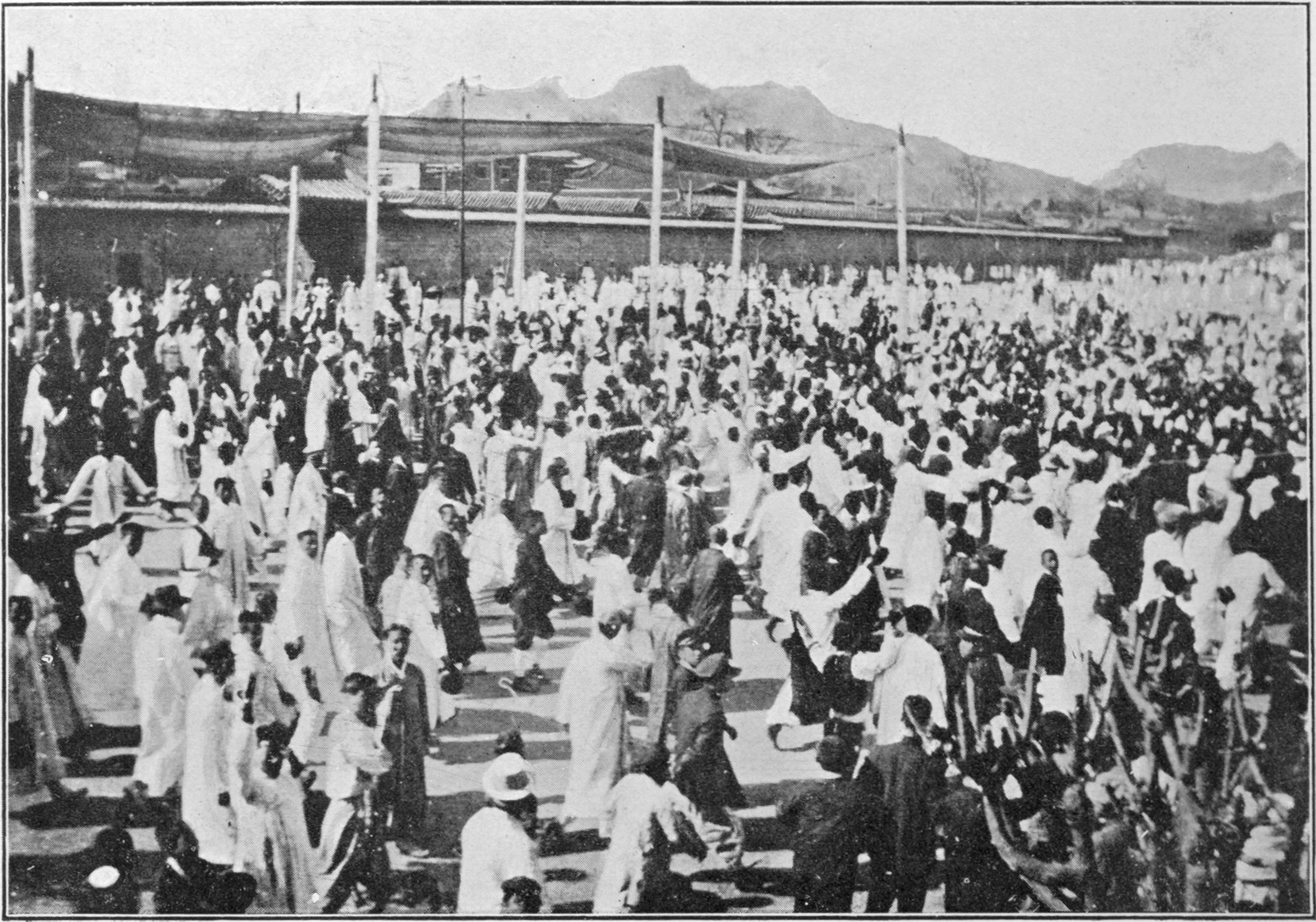Your Name Is Wind, Wind, and “Nice Windy Day”
By Koo Yesol
Let’s imagine a foreign friend asked about the Korean word baram. Besides meaning “wind” in Korean, baram has various other meanings. How should we explain this word?
Baram (바람, “wind”), a refreshing airflow
Baram (바람, “hope”), an eager wish
Baram (바람, “movement”), the vitality of new beginnings
Or there may be people who think of the famous Korean song lyrics “Your name is wind, wind, wind (그대 이름은 바람, 바람, 바람).” As such, baram is one of the most beloved words by Koreans, and art inspired by this word has constantly emerged across generations.
In Gwangju’s Dongmyeong-dong, there is a place that successfully embodies the three meanings of baram. As you stroll through the winding alleys of Dongmyeong-dong, you might chance upon a captivating gallery that invites you to linger. Within its walls, you could awaken the slumbering artist within you.
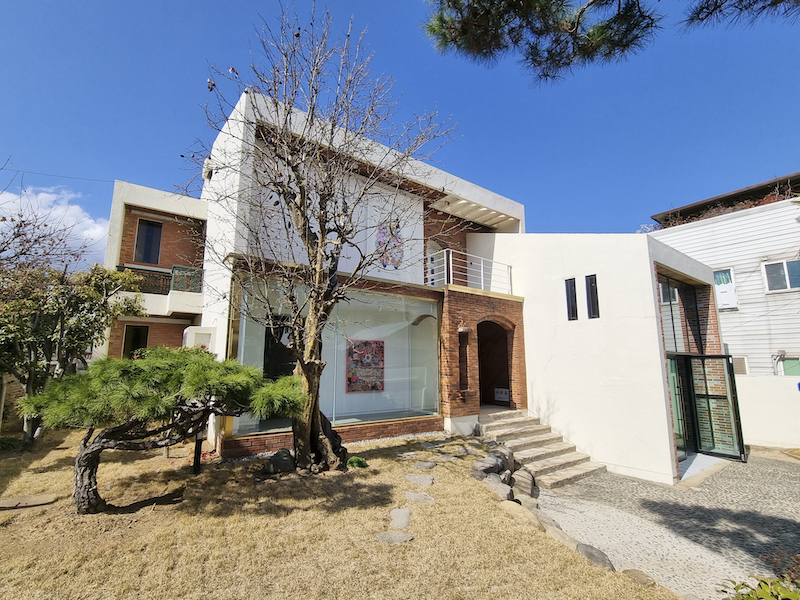
Gwangju News (GN): Hello and thank you very much for accepting this interview offer. Can you briefly introduce yourself and this gallery Nice Windy Day?
Kim Wang-ju: Hello, I am Kim Wang-ju, a full-time fine artist currently based in Gwangju. I graduated from the Chosun University College of Fine Arts, where I majored in Western painting. In the past, I focused on installation art and abstract painting, and now my work centers around expressing myself using various colors, with a special focus on Obangsaek (오방색, “five colors”) – the five colors used in Korean traditional art. My representative works include Dress Table (화장대), Nidāna (인연, “Relationship”), and Nice Windy Day (바람불어 좋은 날).
I am running the Nice Windy Day gallery with the support of Gangdong Group, a local company in Jeolla-do province. The Gangdong Cultural Foundation created this gallery with the hope that Gwangju citizens can visit it as comfortably as a playground. I also aspire for many people to freely visit the Nice Windy Day gallery and enjoy art and culture.
GN: It is amazing that there is such a lovely gallery in the middle of Dongmyeong-dong, which is renowned for its cafes and restaurants. Could you tell me more about this place?
Kim Wang-ju: This building was originally a Western-style house built in 1978 and was renovated the year before last by Gangdong Group. As a result, the original appearance of the house has been preserved in every corner, creating a unique and cozy atmosphere that distinguishes it from typical galleries.
Additionally, the gallery was designed with a focus on the exhibition hall from the beginning of the remodeling process, resulting in well-equipped facilities such as exhibition spaces and storage. Personally, I hope that the Nice Windy Day gallery will stand out even more because of my works, and that my works will shine more because of this place.
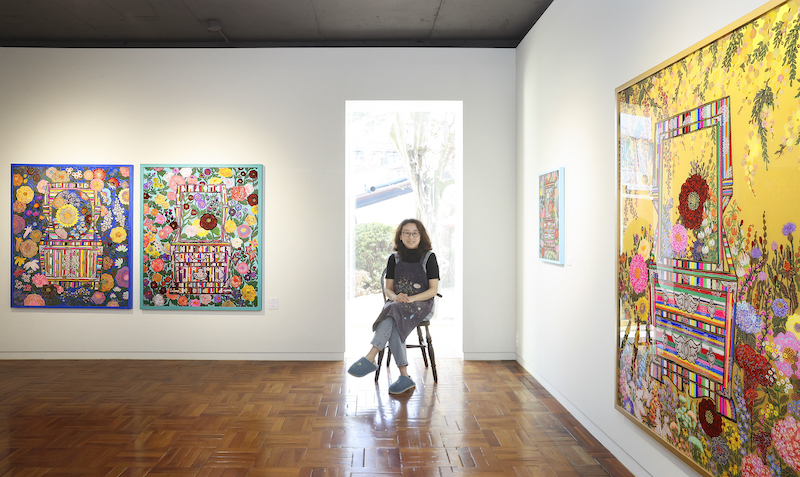
GN: What led you to open certain areas of the gallery for Gwangju citizens to play the piano, relax, and spend time?
Kim Wang-ju: Gwangju, once known as Yehyang (예향, 藝鄕, “City of Art”), has a long history of producing numerous artists and art enthusiasts. However, I noticed that crossing the threshold into art exhibition halls remained a challenge for some Gwangju citizens. I have witnessed many people hesitating in front of the gallery doors and eventually turning back due to the psychological distance they feel about the exhibit hall, even though it is intended for the enjoyment of many people.
As a result, Nice Windy Day aims to be an art gallery with a low threshold. I hope visitors perceive the gallery as a playground, where they can experience my paintings like a beautiful sunset sky or a cloud-like landscape. My aspiration is for this gallery to be a place where people can comfortably enjoy art and harmony. As an artist in “Yehyang Gwangju,” I hope that many people will freely visit the Nice Windy Day gallery and indulge in art and culture.
GN: The purpose of the gallery perfectly aligns with its name, Nice Windy Day. I am curious about what inspired you to choose this name for the gallery.
Kim Wang-ju: Originally, the gallery was named Wind, Wind, Wind (바람, 바람, 바람). I believe that “wind” holds three significant meanings: the natural wind, the wind meaning hope, and the various winds that blow in life. In life, there are stormy winds that challenge me, as well as gentle breezes that invigorate me. I believe that no matter what kind of wind blows into my life, it is still a good life and a good day. Therefore, I finally decided on the gallery name Nice Windy Day. Additionally, the word “wind” was frequently used in the titles of my paintings.
GN: What are the three baram (바람, “Hopes”) you hold as an artist while operating the gallery?
Kim Wang-ju: The first hope is for my artworks to be more widely known through this gallery, and for this place to be more beloved because of my works. My second hope is that the citizens perceive this gallery as a comfortable and welcoming place to visit.
Lastly, I hope that the Nice Windy Day gallery becomes a source of pride for the citizens of “Yehyang Gwangju.” This place is open for everyone to enjoy and communicate through art. Just as the wind serves as a source of circulation, harmony, and connection in nature, I aspire for this gallery to play a similar role in Gwangju, a city that cherishes art. Therefore, my aim is to create an environment where art and citizens coexist harmoniously in one gallery.
GN: Thank you for taking the time to do this interview and we wish you the best in your endeavors!
The Author
Koo Yesol is from Gwangju, South Korea. She has been interning at the GIC and is responsible for providing translation support and writing for the Gwangju News and the GIC Newsletter. She majored in Korean language and literature and has diverse experiences in writing. She also actively participates in foreign-related groups in Gwangju.



